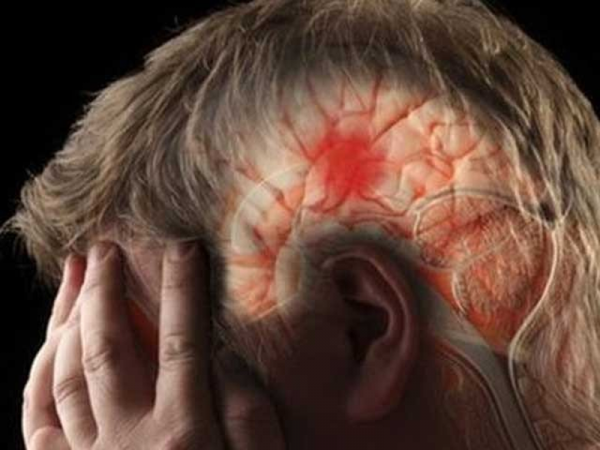
Global Stroke Day is celebrated every year on October 29 across the world. Its main objective is to make people aware about stroke prevention, treatment and recovery. The theme for the year 2024 is "GreaterThanStroke", which focuses on the strength and resilience of stroke survivors. On this day, the campaign aims to share inspirational stories from the stroke community to empower individuals and help them overcome the challenges of stroke.
What is a silent stroke?
A silent stroke is a condition in which a person does not show any serious symptoms, such as facial drooping, paralysis of an arm, or difficulty speaking. It is also called "asymptomatic cerebral infarction." It occurs when blood flow to a small part of the brain is not proper or stops. A person does not experience any specific symptoms when this type of stroke occurs, but it can damage brain cells. Often people are unable to recognize it.
Causes of silent stroke
The risk factors and causes of a silent stroke are the same as those of a normal stroke. Understanding these risk factors is important for prevention:
High BP (hypertension): It is a major cause of both silent and major strokes. High blood pressure can damage the blood capillaries of the brain, increasing the chances of clot formation.
Diabetes: It increases the risk of damage to blood vessels and arteries, increasing the chance of stroke.
High cholesterol: High cholesterol levels help deposit fat in the arteries, which can block blood flow.
Smoking: It damages blood vessels and leads to high blood pressure, which increases the risk of stroke.
Heart disease: Conditions such as atrial fibrillation (irregular heartbeat) can cause blood clots and stroke.
Obesity: Excess weight, especially around the abdomen, along with comorbidities such as high blood pressure and diabetes can increase the risk of stroke.
Age and gender: Silent strokes can occur at any age, but the risk increases with age. Generally, men are more likely to have strokes, while women tend to have more severe consequences.
Stroke prevention measures
Lifestyle changes are needed to prevent stroke. This includes a balanced diet, regular exercise, staying away from smoking, and regular health checkups. If you feel any kind of symptoms or have a history of stroke in your family, contact a doctor immediately. On Global Stroke Day, it is important to understand that through awareness and education we can reduce the risk of stroke and help affected individuals live a better life.
Amit Shah Turns 60: PM Modi Hails Him as an 'Exceptional Administrator'
Amit Shah Hails 8-Years of UDAN Scheme, Emphasizes Affordable Air Travel and Regional Connectivity